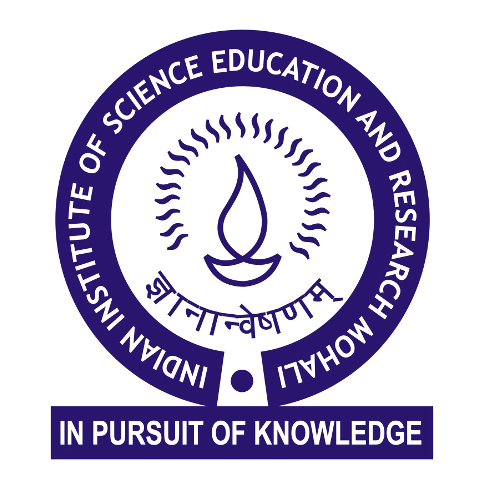Events Calendar
Elucidating the role of light-associated factor in regulating secondary plant product biosynthesis and biotic stress response
Monday 02 December 2024, 04:00pm
Dr. Hiteshwari Sinha, NBRI, Lucknow
Location : AB2-5A
Abstract: Tomato (Solanum lycopersicum L.) is one of the most consumable fruit crops, rich in nutrients, and has been an important target for enhancing the accumulation of various metabolites. Tomato also contains various secondary metabolites such as flavonoids and cholesterol-derived molecules, steroidal glycoalkaloids (SGAs), which contribute to biotic and abiotic stress tolerance but SGAs are toxic to humans and considered antinutritional compounds. Previous studies suggest the role of various transcription factors in flavonoid/SGA biosynthesis; however, the role of light and associated regulatory factors has not been studied in tomatoes. Here, we demonstrated that flavonoid/SGA biosynthesis is regulated by light through the ELONGATED HYPOCOTYL 5 homolog, SlHY5, by binding to light-responsive G-boxes present in the promoters of the structural and regulatory genes. Our analysis suggests that SlHY5 could complement the Arabidopsis thaliana and Nicotiana tabacum, hy5 mutants at molecular, morphological, and biochemical levels. We report the development of CRISPR/Cas9-based knockout mutant plants of tomato, slhy5CR, and show down-regulation of the flavonoid and SGA pathway genes leading to a significant reduction in flavonol and SGA (α-tomatine) contents, whereas SlHY5 overexpression (SlHY5OX) plants show an opposite effect. An enhanced flavonol and α-tomatine levels in SlHY5OX lines provided tolerance against Alternaria solani fungus, while SlHY5CR were susceptible to the pathogen. This study advances our understanding of the HY5-dependent light-regulated biosynthesis of flavonoids and SGAs and their role in biotic stress in tomatoes.
website policy
Connect with us
IISER Mohali, Knowledge city, Sector 81, SAS Nagar, Manauli PO 140306
Telefax : 2240266, 2240124
-
+91 - 172 - 2240266
- +91 - 172 - 2240266


